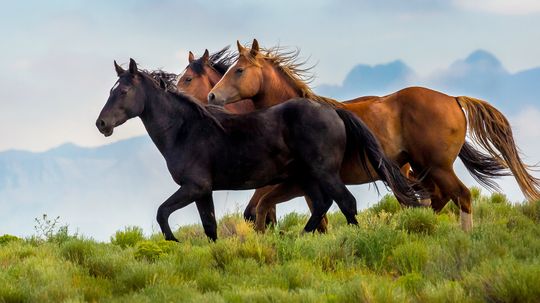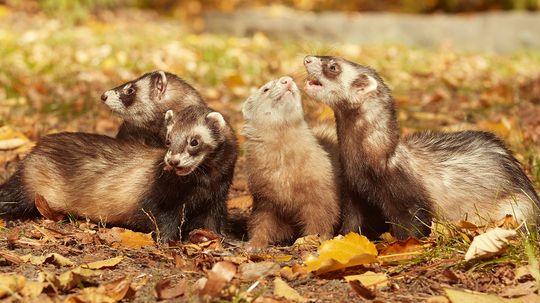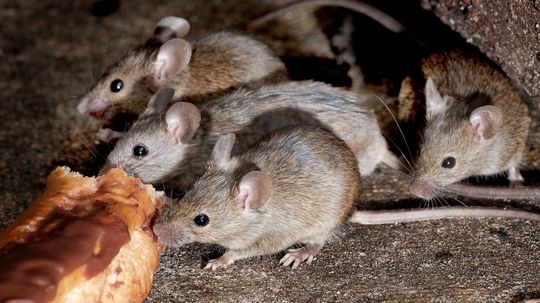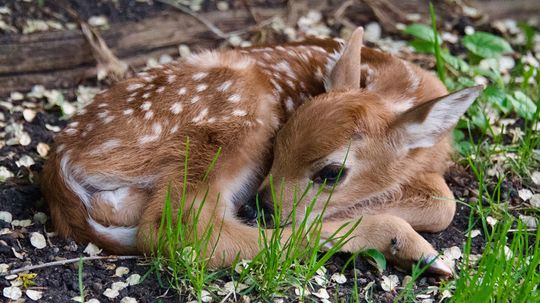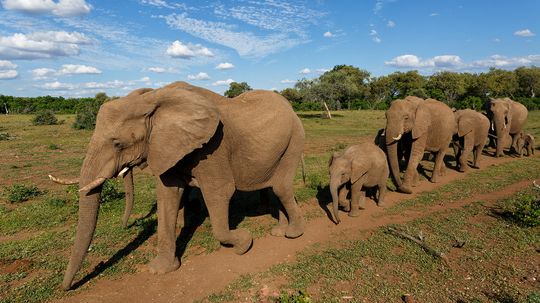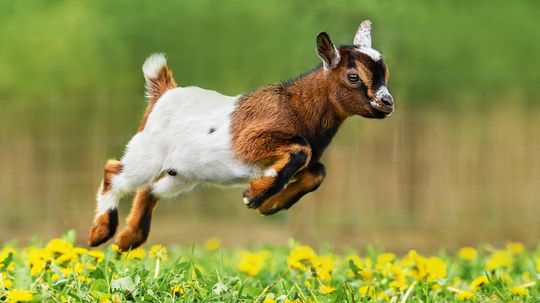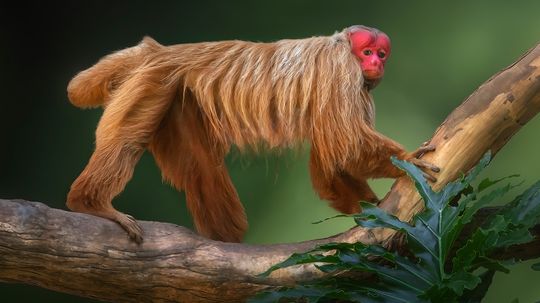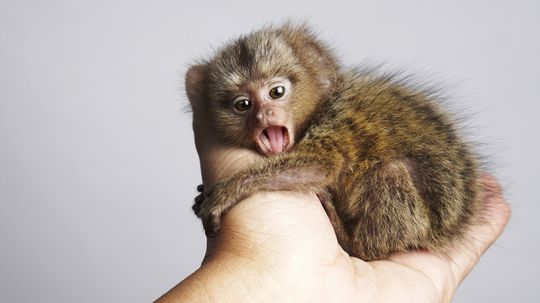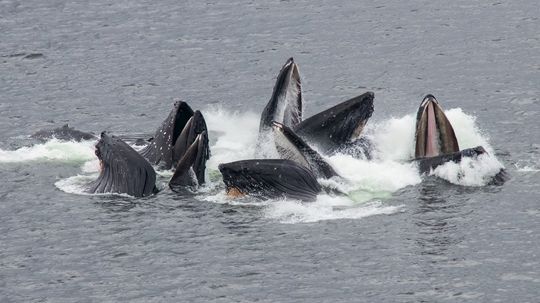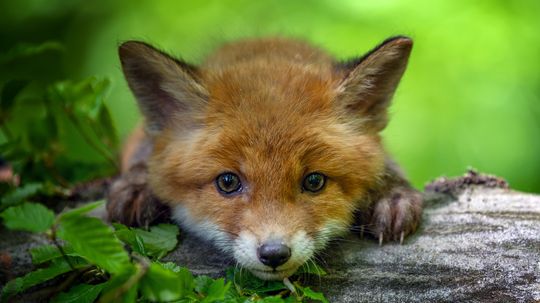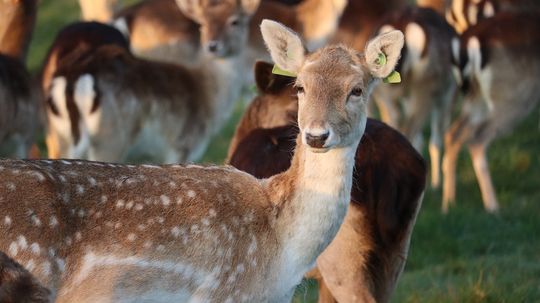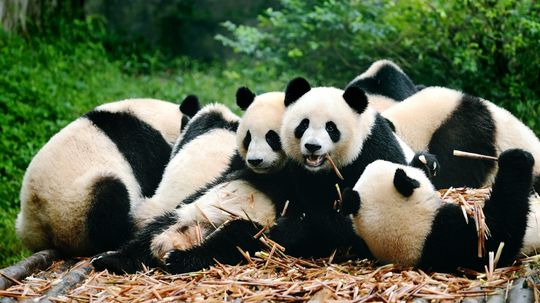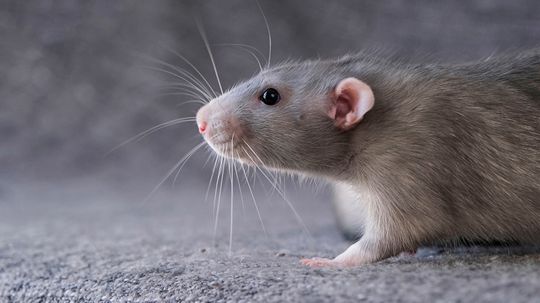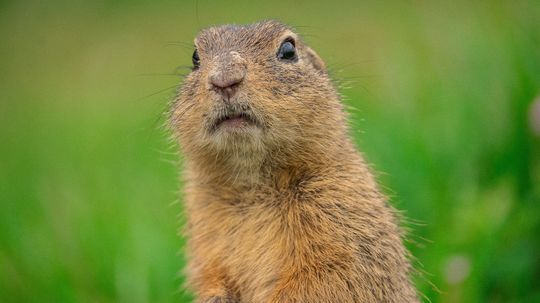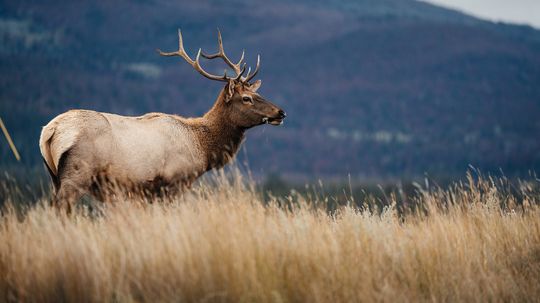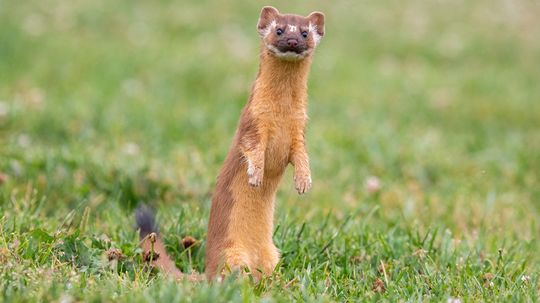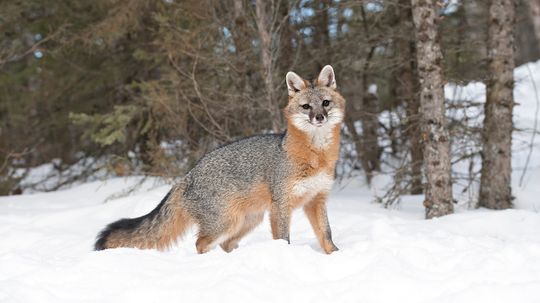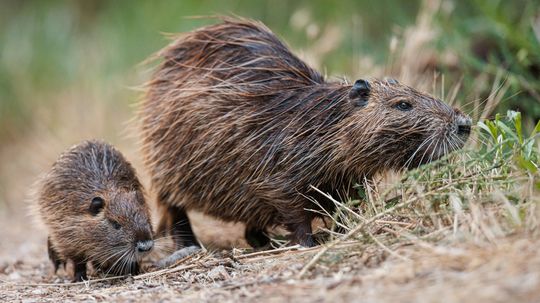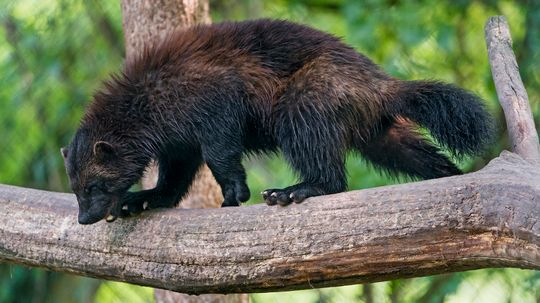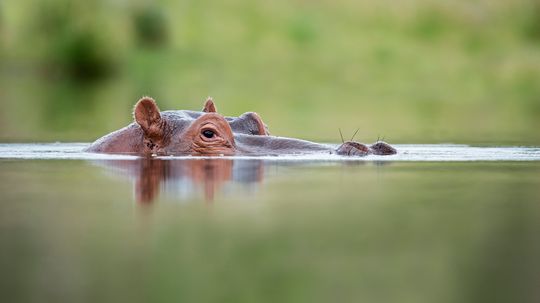Mammals
Scientifically-speaking there are 11 mammal groups, and most Mammals are warm-blooded, have body hair, give live birth and nurse their young with milk from mammary glands. Check out these articles about all kinds of mammals.
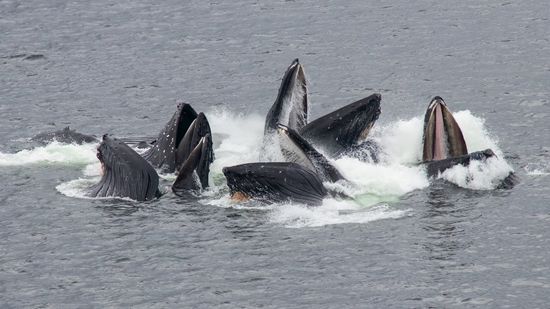
What Is a Group of Whales Called? Pods, Gams, Herds (but Not Schools)
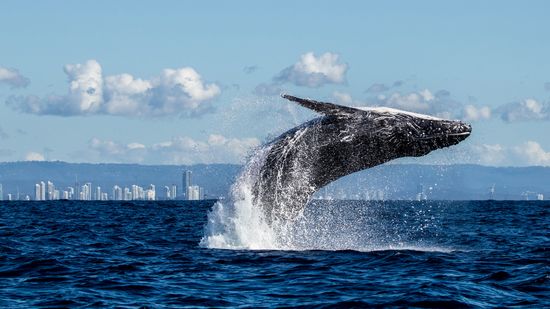
How Often Do Whales Come Up for Air?
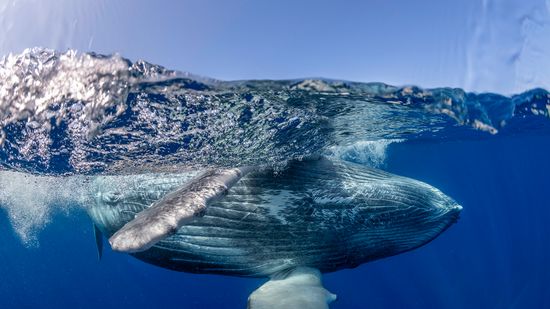
How Do Whales Sleep? They're Always Half Awake (Literally)

The Largest Bat in the World Has a Wingspan Over 5 Feet
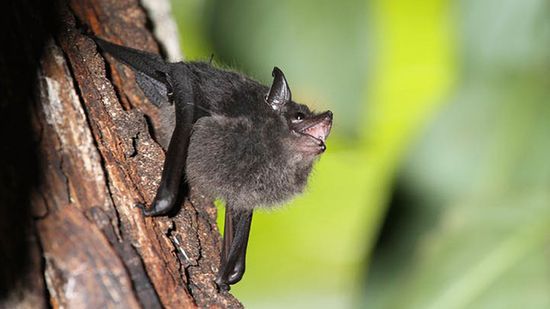
Baby Bats Babble With Moms, Hinting at Human Language Development
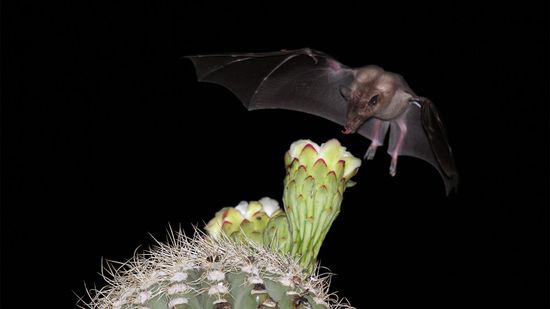
Fruit Bats Are the Best Pollinators (and Suppliers of Tequila)
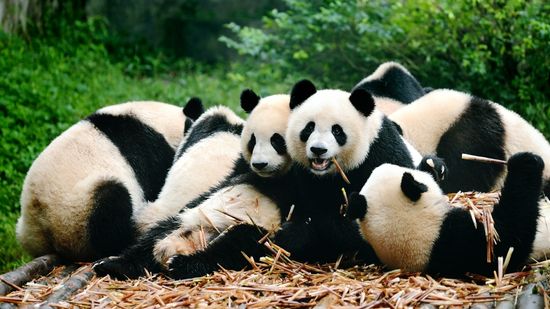
What Is a Group of Pandas Called? We're Blushing

What Do Pandas Eat (Other Than Bamboo)?
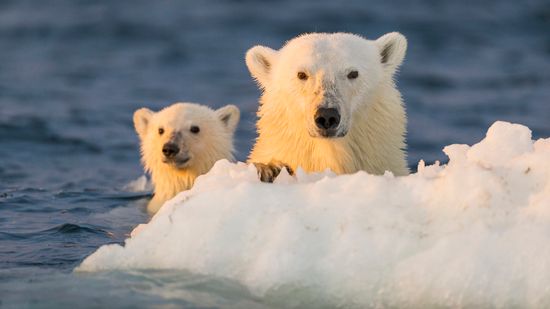
Polar Bear vs. Grizzly Bear: Which Bear Is Bigger and Tougher?

What Is a Group of Ferrets Called? You're Such a Busybody
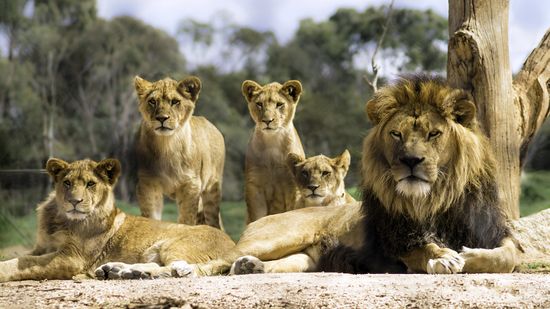
What Is a Group of Lions Called? 'Pride Rock' Makes So Much Sense Now
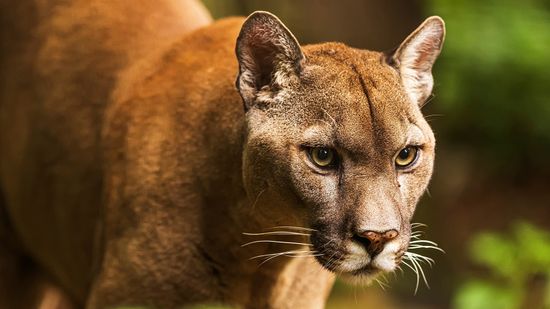
Panther vs. Cougar: Different Names for the Same Cat
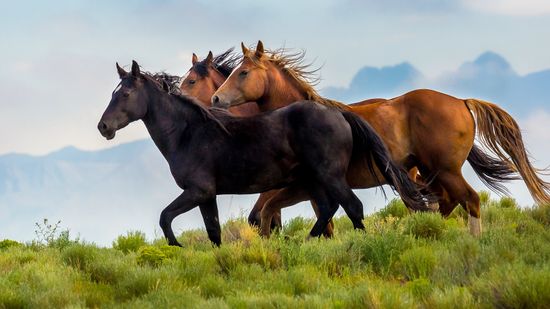
Where Do Horses Originate From? Not Europe, Not Asia
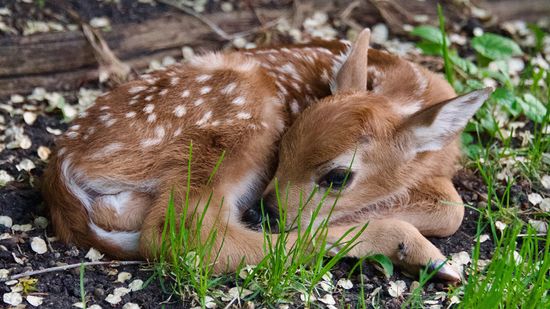
What Is a Baby Deer Called? (Aside From Adorable)
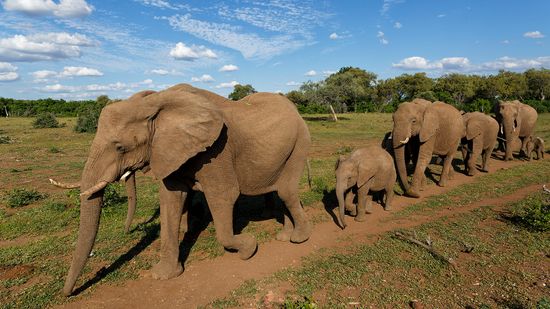
What Is a Group of Elephants Called?
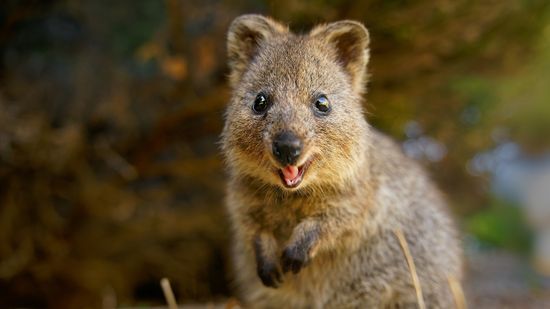
The Happiest Animal on Earth Is the Quokka
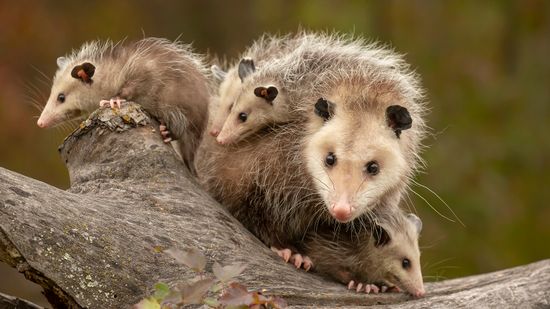
What Do Possums Eat? Most Things, It Turns Out
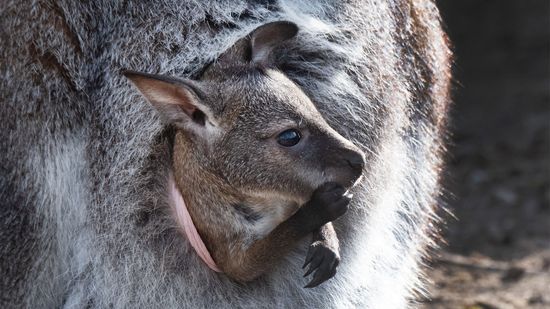
What's It Like Inside a Kangaroo's Pouch?
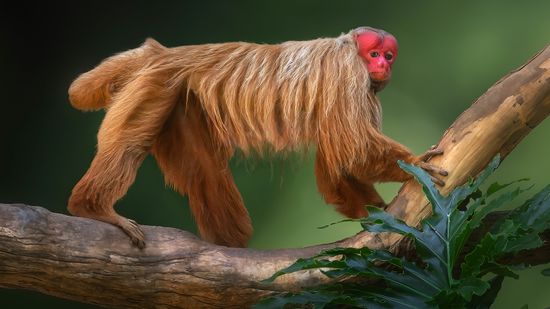
10 'Ugliest' Monkey Species: Unconventional Beauty in Primates

The Tiny Finger Monkey Gets Lonely Without Its Family
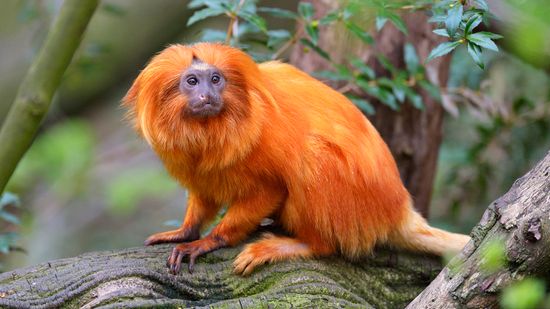
15 Types of Monkeys Climbing Trees All Around the World
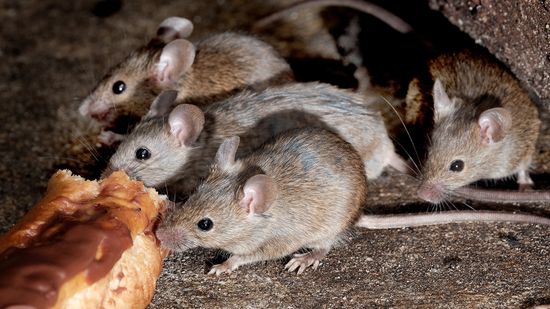
What Is a Group of Mice Called? Not Always a Colony

Rat Poop vs. Mouse Poop: Important Differences for Pest Control
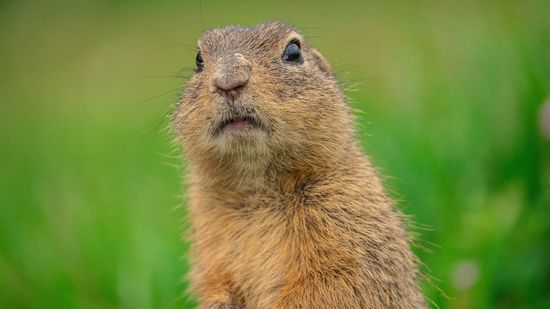
Groundhog vs. Gopher Habits and Identification
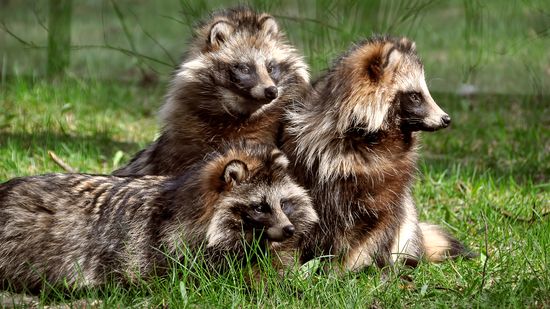
How Can Tanuki Be Both Real and Mythological?
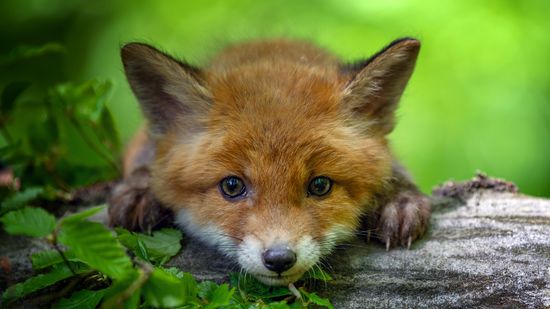
What Is a Baby Fox Called? Kit vs. Cub vs. Pup
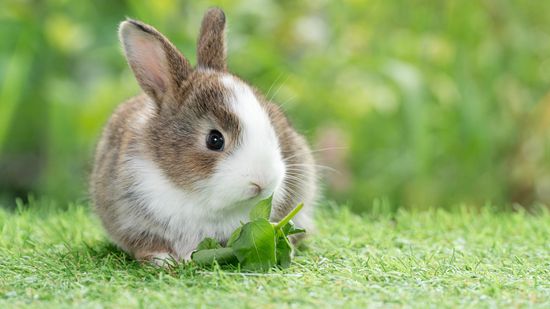
Hare vs. Rabbit Differences: Ears, Speed, and Social Behavior
Learn More
Where do horses originate from? We don't mean to sound corny, but the answer really does take us on a journey through millions of years of evolution, migration, and domestication.
By Nico Avelle
OK, you asked your friend, "What is a group of ferrets called," and they gave you a ridiculous answer: a business.
By Nico Avelle
Ever hear something rustling in the walls or darting across the floor and wonder what to call more than one mouse?
By Nico Avelle
Advertisement
If you stumble upon a wobbly-legged baby in the woods with big ears and spots on its back, you might wonder, what is a baby deer called?
By Nico Avelle
If you've ever seen elephants moving through the savannah or a dense forest, you might wonder, what is a group of elephants called?
By Nico Avelle
If you're diving into farm life or flipping through books on animals, you might stop and ask: What is a baby goat called? Goats are familiar faces on farms around the world, but their baby names sometimes trip people up.
By Nico Avelle
Some monkeys win the genetic lottery. Others? Not so much. The ugliest monkey isn't a single species—it's a whole gallery of primates that make you do a double take, then wonder if evolution was playing a prank.
By Nico Avelle
Advertisement
Some animals are so small they seem more like toys than creatures of the wild. Take the finger monkey, for example. Also known as the pygmy marmoset, it's the smallest monkey in the world and could fit snugly in the palm of your hand.
By Nico Avelle
If you've ever visited a farm or watched an equine video online, you may have wondered, what is a baby horse called? Whether you're learning horse terminology or just curious about animal life, the answer is simpler than you might think.
By Nico Avelle
You’ve probably heard the term before, but what is a group of whales called? It’s not just trivia night bait; it says a lot about whale behavior. The word we use tells us how these massive marine mammals operate beneath the waves.
By Nico Avelle
With its plump belly, mischievous eyes and habit of showing up in Japanese gardens as stone statues, the tanuki blurs the line between myth and reality.
By Nico Avelle
Advertisement
If you've ever seen a tiny fox scamper across a field or curl up in a rescue shelter video, you might wonder, what is a baby fox called? Like, officially speaking?
By Nico Avelle
When lions gather in the wild, they form a unique and powerful social unit. So, what is a group of lions called? The correct term is a pride.
By Nico Avelle
If you’ve seen several deer grazing together in a field or darting across a forest path, you may have wondered: What is a group of deer called?
By Nico Avelle
A panda munching bamboo is one of nature's most iconic sights. But what if you saw more than one? You might wonder, what is a group of pandas called?
By Nico Avelle
Advertisement
If you’ve spotted small droppings in your home, you may be wondering how to tell if it's rat poop vs. mouse poop. Identifying the type of rodent droppings is a critical first step in addressing an infestation and avoiding health risks.
By Nico Avelle
If you’ve spotted a chunky, dirt-moving mammal in your yard, you might wonder about a groundhog vs. gopher invasion. Despite similar lifestyles and habitats, these burrowing rodents are very different animals.
By Nico Avelle
At first glance, a rabbit and a hare might look like twins in a petting zoo lineup. But the hare vs. rabbit comparison runs deeper than floppy ears and twitchy noses. These two species, while from the same family Leporidae, lead very different lives.
By Nico Avelle
Caribou and elk are both majestic members of the deer family, but they are not the same animal. The caribou vs. elk comparison reveals key differences in appearance, behavior, and habitat that set these two species apart (even though they're often confused).
By Nico Avelle
Advertisement
If you're all twisted up about the difference between a panther and a cougar, you're not alone. In fact, panther vs. cougar confusion is a classic case of regional naming rather than two distinct animals.
By Nico Avelle
They may look alike with their long, slender bodies and darting movements, but the ferret vs. weasel comparison reveals key differences in species, behavior, and domestication. These cousins belong to the family Mustelidae, which also includes otters, stoats, and minks.
By Nico Avelle
At a glance, the gray fox vs. coyote match-up might look lopsided. One is a medium-sized wild dog, the other a nimble omnivore that can climb trees.
By Nico Avelle
At first glance, woodchucks and beavers might seem like not-so-distant cousins; both are stocky, brown, large rodents.
By Nico Avelle
Advertisement
Out in the wild, who wins in a wolverine vs. badger brawl? These two animals may look like scrappy fur balls, but they're built for battle. Think claws, jaws and hides tougher than a biker jacket.
By Nico Avelle
The question of hippo vs. rhino is seriously a heavyweight showdown in the world of wildlife. These massive animals share African habitats but have very different biology, behavior, and reputations.
By Nico Avelle
